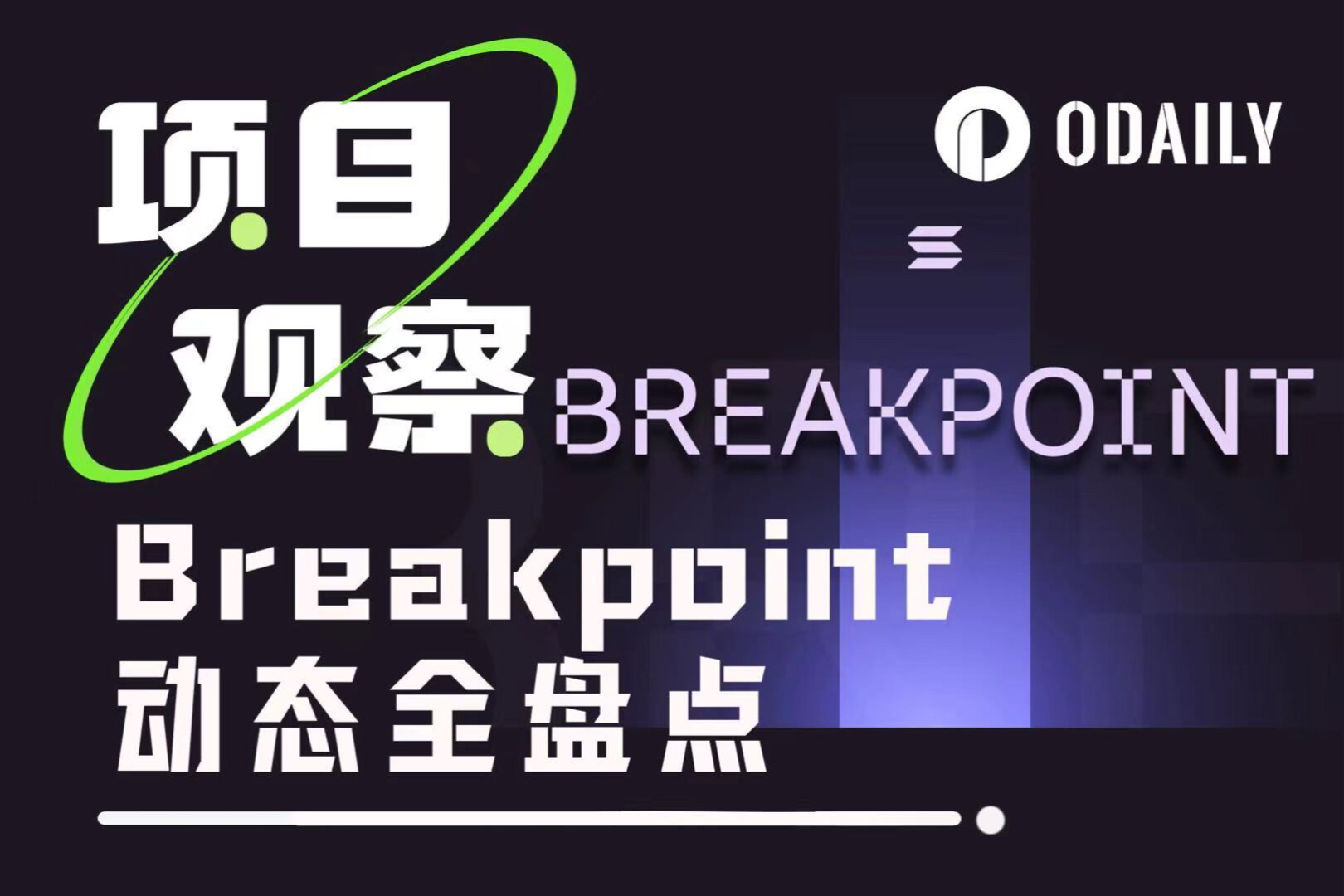以太坊合併如何影響加密生態:4項值得關注的鏈上指標
本文來自 Chainalysis本文來自
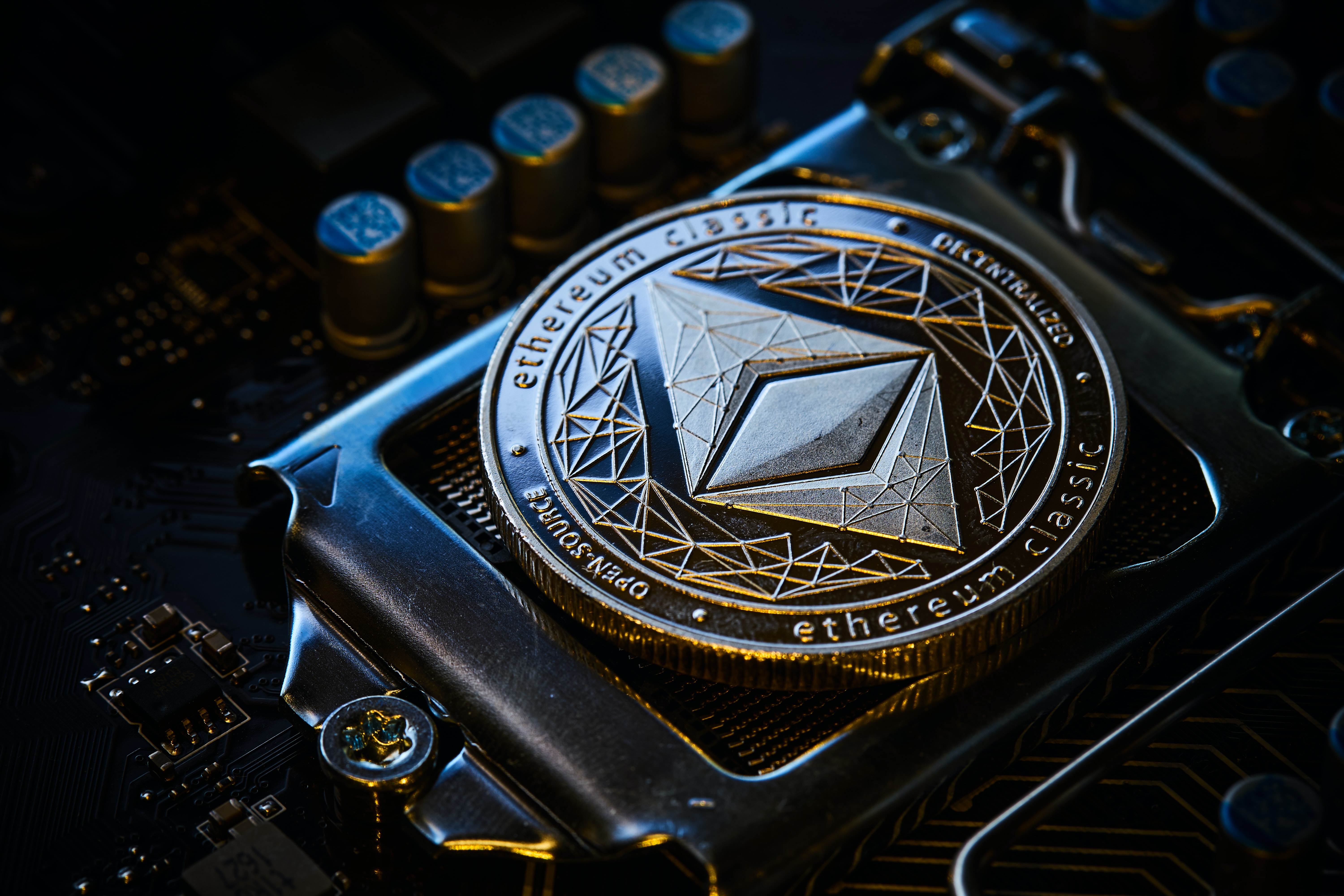
本文來自
本文來自
下面,我們將從鏈上指標的角度看看合併帶來的連鎖反應。
二級標題
二級標題
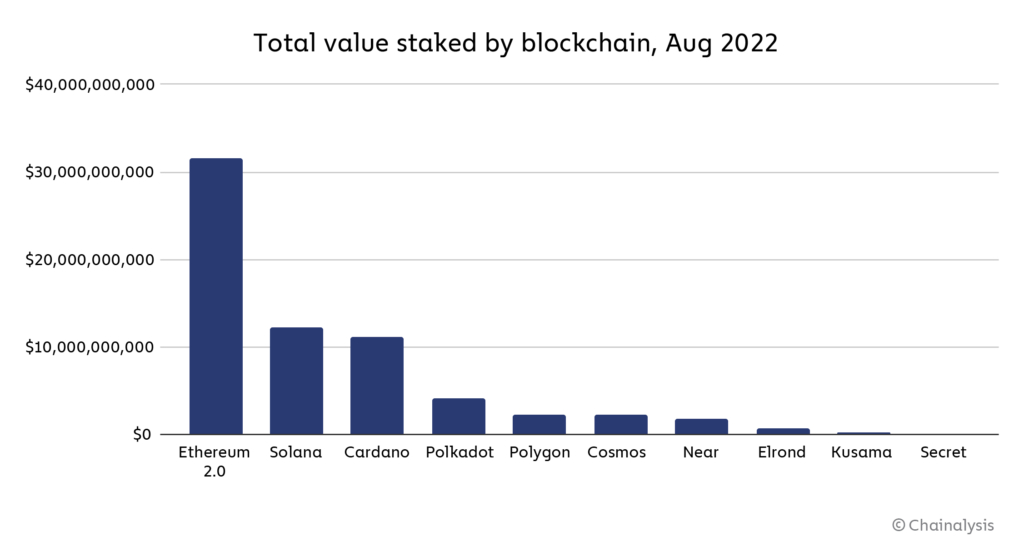
二級標題
合併後,以太坊質押增加
用戶已經在Eth2 區塊鏈上質押了價值超過300 億美元的ETH,使其在取代Eth1 之前就成為價值最大的PoS 區塊鏈。有些人直接通過設置自己的驗證節點來實現,除了32 個ETH 之外,還需要專門的軟件和硬件。其他人則發送以太坊到質押池,質押池允許幾個用戶聚集他們的資源,增加他們被選中提議一個新區塊的機會,並在他們分享獎勵。
總的來說,從合併開始的這些變化將使以太成為一種更具吸引力的資產,因此也更適合質押。
二級標題
二級標題
二級標題機構投資者擁抱以太坊
除了增加整體質押外,我們還將特別關注機構投資者開始或增加其以太坊質押活動。

有趣的是,在合併之後,可以觀察大戶質押者數量是否會以更快的速度增長,因為這可能表明機構投資者確實認為持有以太坊是一個良好的收益策略。
二級標題
二級標題
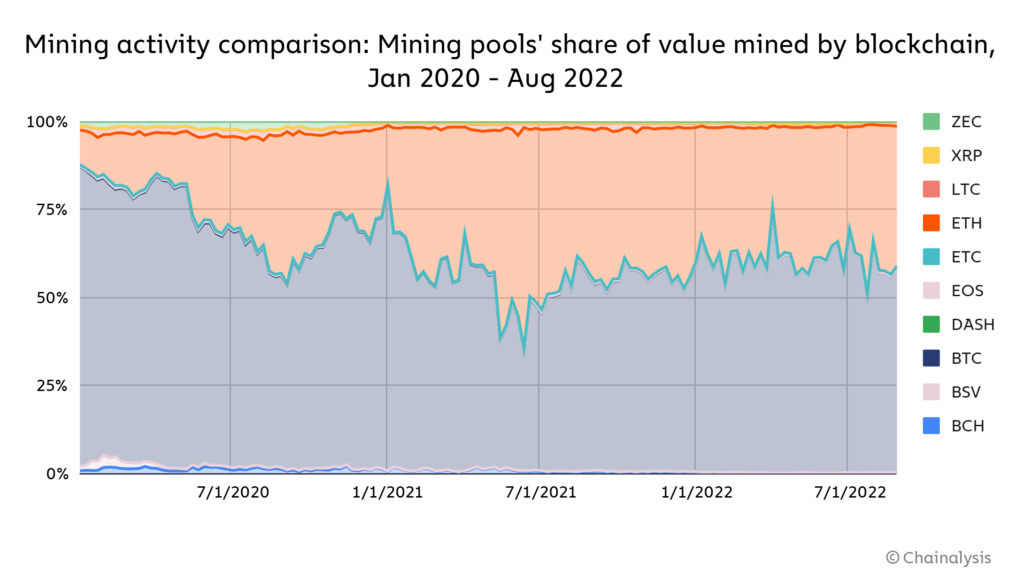
二級標題
以太坊礦工將不得不另謀“新出路”,但比特幣可能不是合適的選擇
以太坊向PoS 的轉變也將導致挖礦活動的改變。目前,許多礦工和礦池在幾個不同的區塊鏈上開挖資產,並根據市場趨勢在區塊鏈之間動態分佈他們的哈希率。不過一般來說,大多數挖礦都集中在比特幣和以太坊上。
合併後,以太坊挖礦專用的哈希率將消失或分散到其他區塊鏈。然而,不要指望哈希率會轉移到比特幣上。為什麼?
用於挖以太坊的設備不適合比特幣。大多數以太坊礦工使用GPU,而比特幣礦工使用更強大的ASIC。這意味著以太坊轉向PoS 對GPU 礦工來說是一個巨大的打擊。以太坊目前佔所有GPU 挖礦活動的97%,所有剩餘的可挖礦GPU 代幣的總市值僅為41 億美元,僅為以太坊的2%。這不足以支持GPU 礦工。
那麼,這是否意味著數百萬曾經高效的GPU 現在將閒置,它們的所有者失去了用加密貨幣賺錢的機會?不一定。有幾種基於以太坊區塊鏈構建的服務,它們利用分佈式GPU 的能力以去中心化的方式完成特定的計算任務,GPU 所有者會收到以太坊或ERC-20 代幣獎勵作為回報。考慮以下兩個例子:
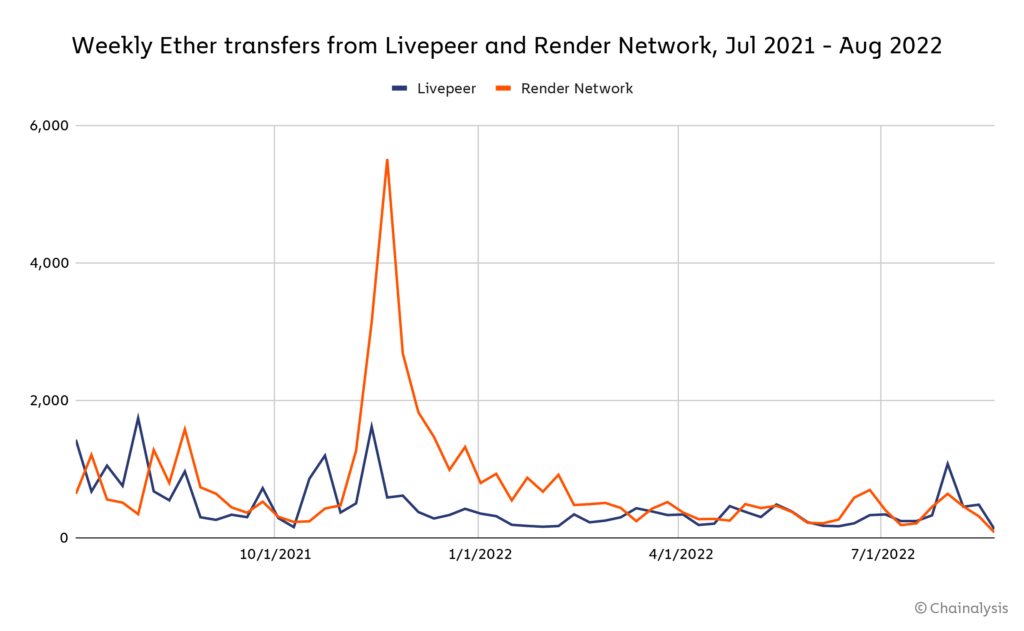
雖然鏈上活動最近有所下降,但值得關注的是,這些網絡和類似的網絡是否會因為GPU 所有者在以太坊合併後尋求收益機會而興起。當然,GPU 也有非加密的用途,例如為數據中心、遊戲計算機和其他重型機器提供處理。一些礦工可能會選擇將自己的GPU 賣給這些行業的企業。
二級標題
二級標題


